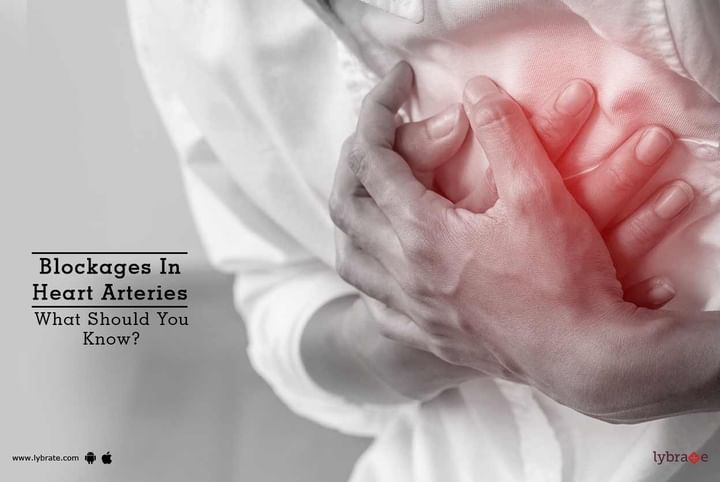Blockages In Heart Arteries - What Should You Know?
Blockage in heart is a common term used for narrowing of coronary arteries. Coronary arteries are vessels, which supply blood and thus oxygen and food to continuously working heart muscles. Heart muscles, which are not tired working from the birth till death, however, cannot sustain long without blood supply.
A reduction in blood supply gives rise to ischemia of heart muscles commonly manifested as chest discomfort or angina. A sudden complete shutdown of blood supply leads to heart attack leading to permanent damage to heart (if blood flow not reestablished promptly).
But what causes these arteries to block? Deposition of LDL cholesterol (low density cholesterol) in inner surface of coronary arteries is the primary reason of these blockages. LDL a normal component of blood (upto certain limit) starts depositing in arteries as early as 10 years of age!
Deposition of billions of LDL molecules over several years on inner surface of arteries gives rise to visible narrowings in these arteries. Flow ahead of these narrowings is reduced in proportion to the narrowing. At a level of 70 % narrowing the flow is reduced to give ischemia (and angina) during exercise. Gradually increasing degree of narrowing reduces the exercise needed for ischemia and angina; a narrowing of more than 90 % can give symptoms at rest. A sudden clot formation at any of these stages can block the flow suddenly giving a heart attack.
If LDL is a normal component of blood, why it is deposited in the arteries at first place?
LDL above a certain limit in blood starts depositing in the arteries. Diabetes, Hypertension, smoking, less exercise and genetics makes it more sticky thus making narrowing faster. This is why these risk elements need to be properly attended for prevention from heart disease.
For treatment medicines are important for stopping the progression of narrowings; angioplasty is a method of fast resolution of blockage; and bypass surgery is the method of creating a whole new blood supply for the affected part of the heart.



+1.svg)
